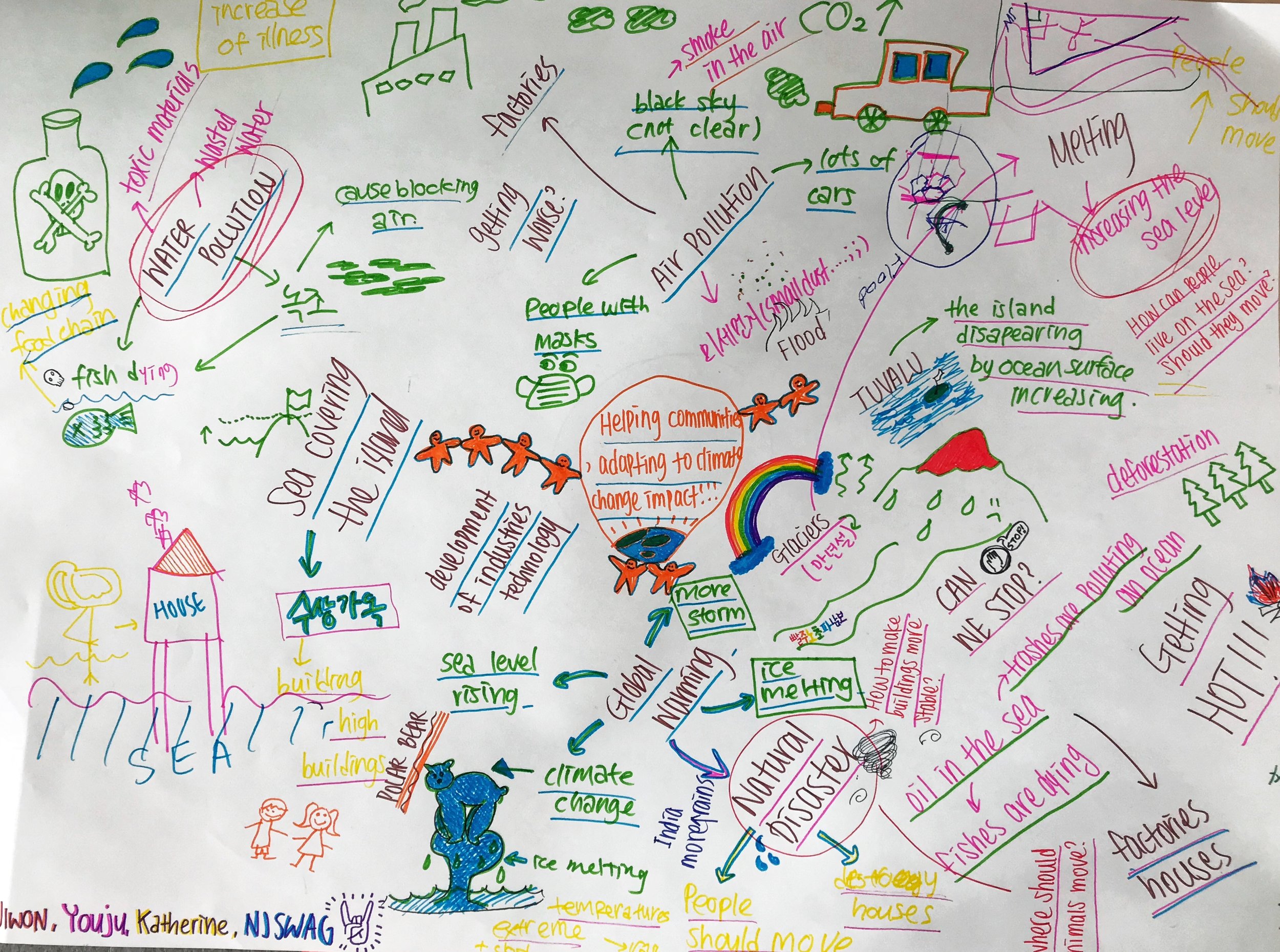Nature offers incredible inspiration and time-tested strategies that can be emulated and applied to climate change issues in realms as diverse as energy, water, transportation, buildings and infrastructure, food systems, health, behavior change, and more. Biomimicry is an exciting area of science and design that draws upon natural forms and shapes to inspire solutions to design challenges. It is rooted in the understanding that natural forms and systems are optimized for efficiency and sustainability.
Over four days in February, the Grade 10s participated in a biomimicry design challenge through an Inter-Disciplinary Unit of inquiry (IDU). Modelled on the Global Biomimicry Challenge, students used biomimicry approaches and concepts to create a nature-inspired innovation (a product, service, or system) that addresses climate change by either:
Helping communities adapt to or mitigate climate change impacts (i.e., those forecasted or already in motion), and/or
Reversing or slowing climate change itself (e.g., by removing excess greenhouse gases from the atmosphere).
Starting first with research, each team worked to narrow their focus and develop a research question that would guide them. A trip to the Yeomiji Botanical Gardens in Jungmun was valuable as the students could see first hand forms in nature that would inspire them in their designs. Using a taxonomy of biomimicry as a guide, students researched the various plants in the different biomes looking for possibly inspiration to their design challenge. After identifying strategies in nature that might be useful to solving their design challenge, students translated these biological strategies into design strategies. Examples of biological inspiration were: veins in the ears of a rabbit for transporting heat because pipes filled with water regulate temperature in buildings; geothermal heat was identified as a possible energy source for an air purification system; and jellyfish were used to inspire floating water filtrations systems.













Designers are collaborators. In their working teams, students collaborated, negotiated, and shared ideas and inspiration. The culmination of the IDU was the sharing and discussion of their ideas. Each team had taken a risk in exploring possible solutions. We closed our day with a celebration of inquiry and all the wonderful directions it can take us.
We are excited about the new possibilities this interdisciplinary unit has opened up for our students. Biomimicry has strong connections to Design and Science, and highlights how the two disciplines can work together to combat the issues that arise from climate change. But most importantly, this IDU showed our girls the power of inquiring together, taking risks, and using knowledge and skills to make the world a better place.












